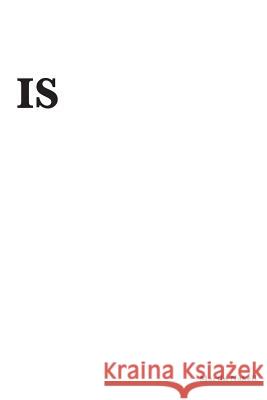Is » książka
Is
ISBN-13: 9781943170043 / Angielski / Miękka / 2015 / 180 str.
IS Several forms of language - poetry, prose, dialogue, essay, opera - take shape in Is. Once we use language with imagination, the definitions/constrictions of traditional form fall away. All writing = all writing. The Chaos Theory of Literary Composition puts it this way: art is energy. To achieve chaos, which releases energy, the writer subjects the writing to heat {in the Chaos Theory of physics, that heat is literal, i.e. fire), i.e., passion, intuition, defamilarization, disruption of syntax, style, genre, spontaneity, the unreal, the unexpected, etc. etc. etc. That state of chaos reveals new form, that chaos opens fissures along which the energy travels and along which the reader engages that energy. IS, putatively the passive verb, includes in it all that is, all the energy we, as artists, bring to the work. Yet, IS, as what we call the passive verb, is a fiction. Like zero in mathematics, the "is" in our work, in the title to this book, isness, does not exist in the real world, but it functions to make everything else work. There is no object - no noun - no thing - that does nothing, that is not an action. Action = energy. Art is energy. The title IS references this nothing which is not, and this - every word - every world - every thing which is, the action inherent in being, including the heat that creates chaos that reveals new form.











